Rare Rides: A McDonald's Edition 1986 Ford E-150 Econoline Conversion

The Rare Rides series has featured around 10 special edition cars in past, depending on how generous you are with the term.
And while every special edition presented here thus far was designed to add some padding to a manufacturer’s bottom line, today’s special edition McDonald’s van had a much more benevolent purpose.
First, some Econoline history. Ford started its Econoline van series in 1961, when it debuted an all-new forward-control unibody van. The engine’s initial location between the front seats lasted only through 1967, as the second generation for 1968 utilized a front-engined layout that was more acceptable to American consumers. Econoline’s second generation was rather short-lived, as well, lasting only through 1974.
The Econoline was entirely redesigned for 1975, moving from a unibody construction to the body-on-frame VN platform. Ford was the first American manufacturer to implement a body-on-frame design in a full-size van. With this third generation, Ford found its footing for van design. The van proved very popular among a broad consumer base and remained in production through 1991. The fourth generation debuted for the ’92 model year, and still uses a version of the VN platform today.
Between 1975 and 1991, Econoline was available in two different wheelbase lengths: 124 inches, and 138 inches as a standard van. The 138-inch wheelbase was also used for the Super Van, which added 20 extra inches to the standard’s 206.8-inch length. Throughout its run, the third generation used manual transmissions of three-, four-, and five-speeds, and automatics with forward gears numbering three and four. Engines started at the 3.9-liter inline-six and ranged up to the 7.5-liter (460) V8. There were also two Navistar diesels on offer, in 6.9- and 7.3-liter displacements.
In the Eighties, Ronald McDonald House Charities selected selected Ford’s Econoline as their patient transportation of choice. Converted by Sands (which may now be this Chevrolet conversion dealer), the McDonald’s vans received a special tape stripe scheme which matched among vans of different paint colors. Running boards were color matched and integrated into the fenders in a nicer way than other Econoline conversions of the period. Exterior looks were completed with a McDonald’s logo on either front door, and some upscale lace alloys. Inside this particular van, there’s a luxurious monochromatic velour interior, as well as many embroidery spots bearing the McD’s logo.
Since 1974, the mission of the RMHC as an independent nonprofit has been to keep families with seriously ill children together during the child’s treatment. The organization provides financial assistance, housing, transportation, and other basic medical care needs in vulnerable communities. Today the charity has expanded to 65 different countries, has 375 Ronald McDonald Houses, and over 536,000 global volunteers.
At the time the Econoline vans were outfitted for different purposes. While some like this one were for shorter trips, others were fitted with accessories like beds and wheelchair lifts. Used around the country, they brought patients and their families to the charities’ locations comfortably, and ensured the whole family could travel together. These vans did important work.
Today’s retired McDonald’s van is located in Arizona. In slightly faded condition and with 68,000 miles, it’s presently listed without a price.
[Images: seller]

Interested in lots of cars and their various historical contexts. Started writing articles for TTAC in late 2016, when my first posts were QOTDs. From there I started a few new series like Rare Rides, Buy/Drive/Burn, Abandoned History, and most recently Rare Rides Icons. Operating from a home base in Cincinnati, Ohio, a relative auto journalist dead zone. Many of my articles are prompted by something I'll see on social media that sparks my interest and causes me to research. Finding articles and information from the early days of the internet and beyond that covers the little details lost to time: trim packages, color and wheel choices, interior fabrics. Beyond those, I'm fascinated by automotive industry experiments, both failures and successes. Lately I've taken an interest in AI, and generating "what if" type images for car models long dead. Reincarnating a modern Toyota Paseo, Lincoln Mark IX, or Isuzu Trooper through a text prompt is fun. Fun to post them on Twitter too, and watch people overreact. To that end, the social media I use most is Twitter, @CoreyLewis86. I also contribute pieces for Forbes Wheels and Forbes Home.
More by Corey Lewis
Latest Car Reviews
Read moreLatest Product Reviews
Read moreRecent Comments
- MaintenanceCosts Poorly packaged, oddly proportioned small CUV with an unrefined hybrid powertrain and a luxury-market price? Who wouldn't want it?
- MaintenanceCosts Who knows whether it rides or handles acceptably or whether it chews up a set of tires in 5000 miles, but we definitely know it has a "mature stance."Sounds like JUST the kind of previous owner you'd want…
- 28-Cars-Later Nissan will be very fortunate to not be in the Japanese equivalent of Chapter 11 reorganization over the next 36 months, "getting rolling" is a luxury (also, I see what you did there).
- MaintenanceCosts RAM! RAM! RAM! ...... the child in the crosswalk that you can't see over the hood of this factory-lifted beast.
- 3-On-The-Tree Yes all the Older Land Cruiser’s and samurai’s have gone up here as well. I’ve taken both vehicle ps on some pretty rough roads exploring old mine shafts etc. I bought mine right before I deployed back in 08 and got it for $4000 and also bought another that is non running for parts, got a complete engine, drive train. The mice love it unfortunately.
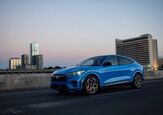
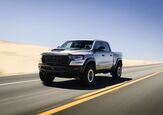
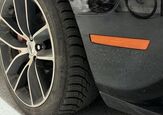
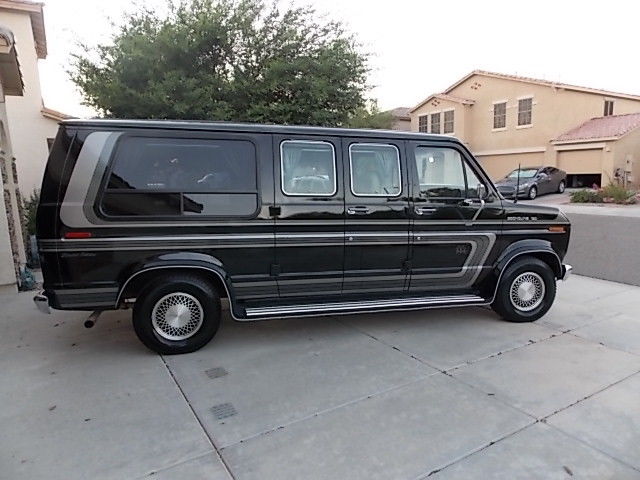
















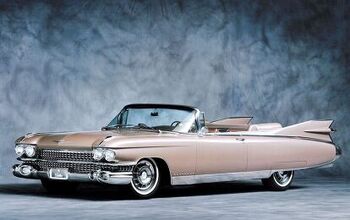

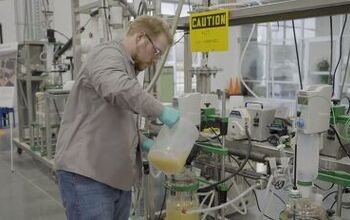
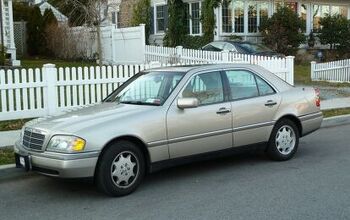
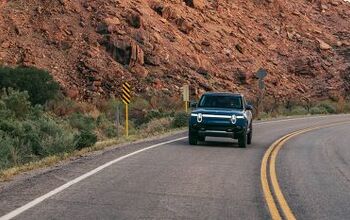
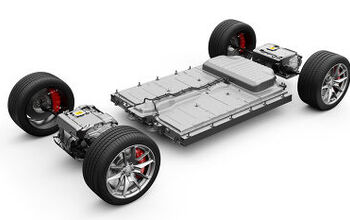
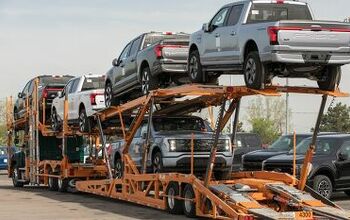
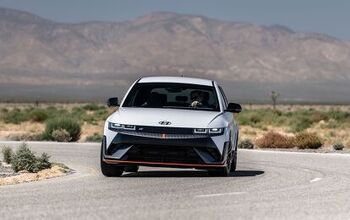
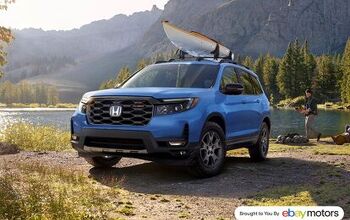
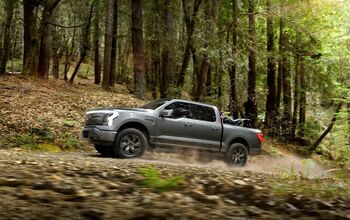
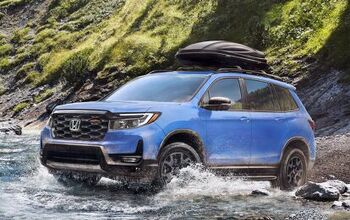
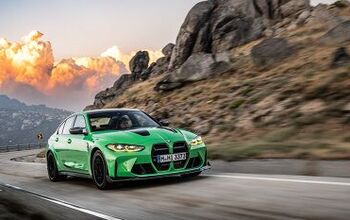
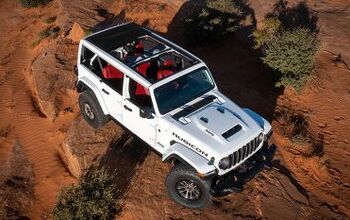
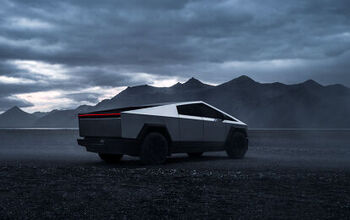

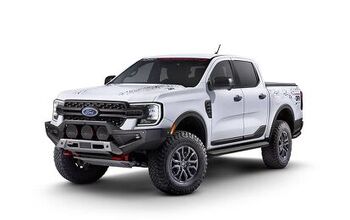
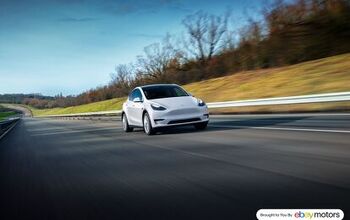

Comments
Join the conversation
Van conversions mostly missed the whole disco/surfer/hippy/custom van movement. Most came on by '82 with a couple innovators around '78. Some companies folded or did mini truck stretch-cabs, McFly lifts/nerfs/tube bars, and full custom (for their day, pre King Ranch), fullsize pickups by upfitters clearly with nothing better to do by the late '80s to late '90s .
Pretty cool and obscure . We had a late 1980's (?) Econoline crew van with a 460, boy howdy did that thing get up and _GO_ ! . -Nate